Product management is a multifaceted discipline where you don’t get the chance to get bored. In this article, we’ll take a look at product management from a different angle — that of risk management.
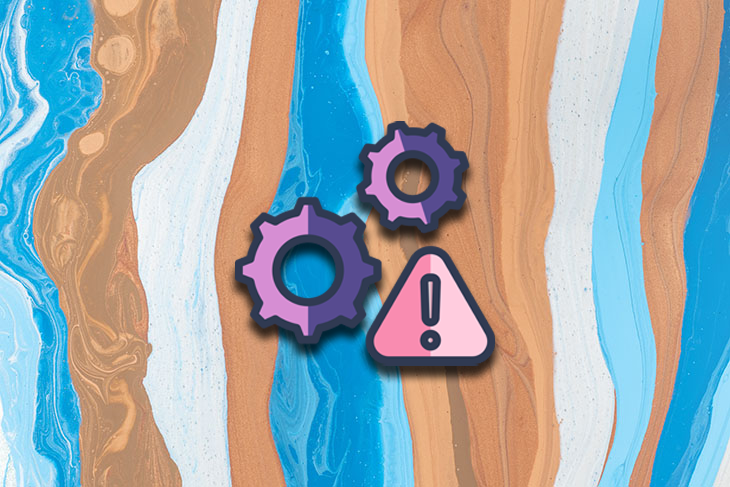
We will look at the four big product risk dimensions defined by Marty Cagan and how effective risk management can help a product manager identify opportunities, test them, and drive value through successful products. We’ll also discuss a risk management framework to follow in your product management role.
According to the ISO-31000 standard on risk management, a risk is described as the “effect of uncertainty on objectives.” The definition has been simplified and adapted to the high-paced, uncertain times we are living in.
It focuses mainly on what effects incomplete knowledge of context, events, or situations may have on decision-making inside an organization. Risks may refer to both threats for an organization, but also opportunities.
While the generic term of risk applies to an organization, product risk refers to the effect of uncertainty on developing a product. Compared to the more traditional approach of project or delivery management, where risks are mostly considered through the tactical lens of cost, time, team, quality, etc., we want to look at the more strategic aspects when referring to product risks.
As Marty Cagan nicely depicts it in his article Four Big Risks, product management is essentially about tackling four types of risk:
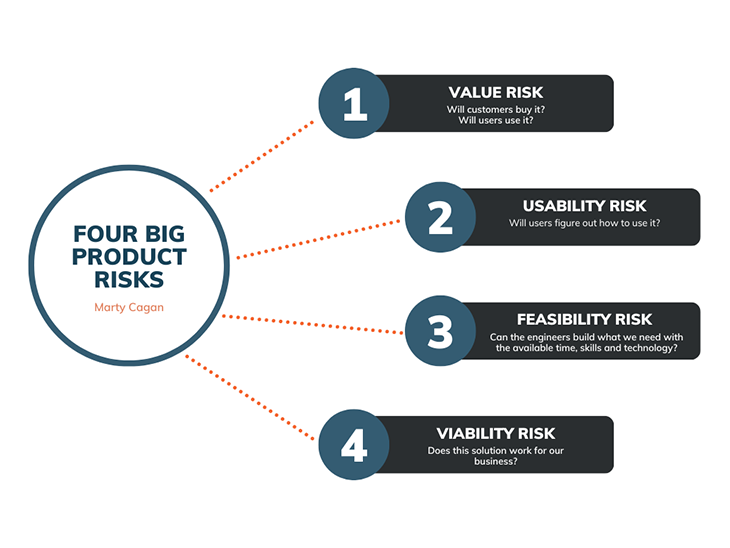
Compared to the well-known product management Venn diagram that describes a successful product at the intersection between the user, business, and technical, the model proposed by Cagan adds the fourth dimension to the mix: value.
9 out of 10 startups will fail, and one of the main reasons is failure to find the product-market fit. The highest failure rate by industry is in information technology, followed by transportation and utility, retail, construction, and manufacturing.
So why does that happen?
This, however, should come as no surprise to anyone working in product. It’s one of our tenets, after all — to always start from a problem/need and test/validate it before developing a new product no one will want or buy.
Below, you can find a list of tools in the PM toolbox that may come in handy when performing value risk management.
Identifying opportunities worth addressing is one of the most critical aspects of product development and finding product market fit. You need to get out of the house, find your users (and don’t go talking with friends and family), go where they are, observe them, talk to them, and see what problems or needs they have. Then talk to some more people to see if what you identified applies to more than a handful of users.
Here are a couple of ways to get out to the field and really identify these opportunities:
Recommended resources:
Once you have identified some opportunities on the market, you also want to see if people care enough about solving that particular problem or addressing that need to pay for it. For this situation, you should test early and often with minimum investment:
Recommended resources:
Now that you’ve established a market for the problem you are solving or the need you are addressing, you also want to ensure that the product you are building meets user needs and does not add extra frustration or friction.
Consider that 88 percent of online users will likely not return to a website after a bad experience, this may lead to customer loss or revenue. User experience (UX) plays a crucial role in addressing this risk.
An example of bad UX from the book Tragic design by Johnathan Shariat mainly stuck with me. It’s about the usability of medical software and how poor design contributed to a young girl losing her life.
Jenny was a cancer patient, and after a while, she needed to return to the hospital to undergo a strong chemo treatment. This treatment had some exceptional conditions under which it required to be administered. Namely, she was supposed to get three days of IV hydration pre-and post-treatment. The nurses treating her were all experienced practitioners, but due to various factors, they missed this critical information and did not administer the IV hydration to Jenny.
Shortly after, Jenny died. Of course, many factors were at play, and you could not blame her death on just one. But one cannot help but wonder if Jenny would have lived if the software had better signaled life-critical information about the treatment to the software operator. The black arrow on the screenshot shows the alert’s report and hierarchy in the whole screen’s context:
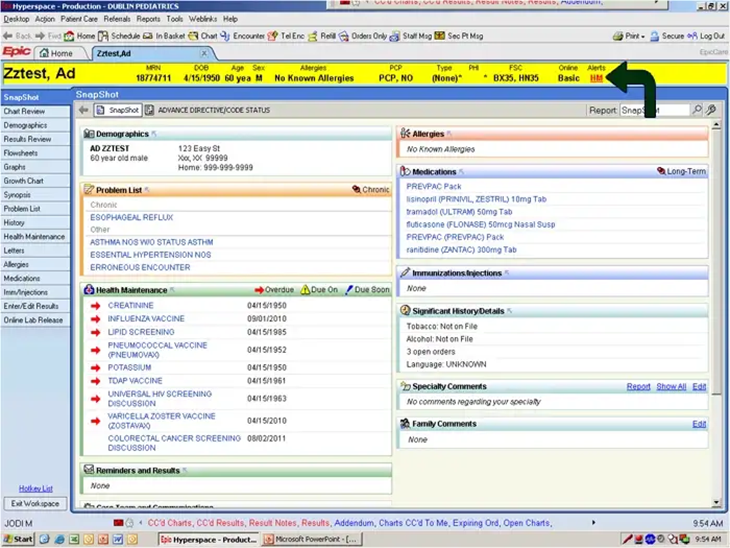
How do we ensure the experiences we design are suitable for our users and achieve their goals?
Usability tests help us answer such questions as:
Running regular usability tests helps you improve your product and uncover hidden opportunities along the way. The switch to hybrid and remote work has cleared the path for easier and faster ways to perform user testing.
Your best friends are the members of your UX team when it comes to performing usability tests, so make sure you keep them close and use their expertise.
While we discussed a lot about usability, one aspect that may get overlooked when designing digital products is accessibility. The topic is getting increased attention, and it is also an aspect you will want to test for, especially with the rising interest and the increased regulation around accessibility.
Here are a few ideas of how you could test accessibility on your own:
This is the type of risk most people working with digital products for a long time are familiar with. It’s about technology, after all.
When tackling these risks, you want to address all aspects of technology and ensure you can deliver value to both business and users with the available technology, time, and skills. When tackling this kind of risk, your best friend is the architect/technical lead and your development team. This is where traditional project management can apply risk management frameworks.
Here are a few questions to get the conversation with your technical team started:
To address this risk, your architect may want to use different scoring mechanisms, such as ATAM, to help explain and link technical decisions to the broader picture of the product, thus achieving a holistic view.
Recommended resources:
Last but not least, you also want to address the viability of your solution. Unless you live in a perfect world with unlimited resources concerning money, time, development, marketing and sales capabilities, and perfect users who all want your product, you need to pay close attention to the business side.
You must partner with your stakeholders to get their perspectives and devise strategies to address this risk. Depending on where your product is on the product life cycle, the aspects you will cover may differ, but here is a list to get you started:
Tools that may help you in capturing this type of risk:
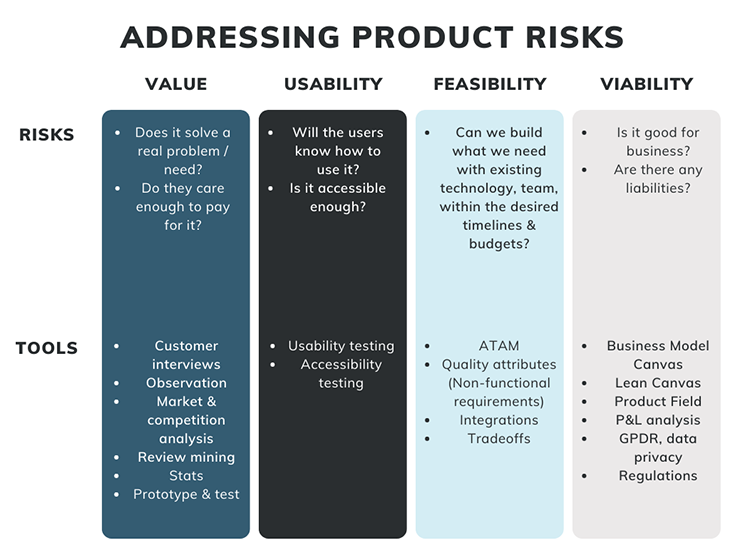
So, irrespective of what type of risk management you are performing, we recommend you consciously and continuously apply the five steps of the risk management framework:
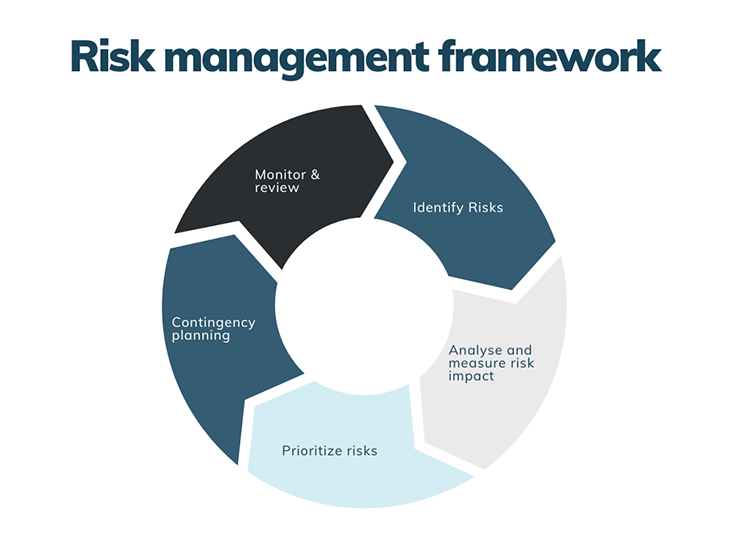
Practicing continuous product risk management helps you in multiple ways. It helps build the habit of addressing risks and validating early and often, gives you intel and data you can use in product review meetings, and provides a communication tool to help align all relevant stakeholders around product management best practices.
Thanks for reading, I hope you found the article helpful!
Featured image source: IconScout

LogRocket identifies friction points in the user experience so you can make informed decisions about product and design changes that must happen to hit your goals.
With LogRocket, you can understand the scope of the issues affecting your product and prioritize the changes that need to be made. LogRocket simplifies workflows by allowing Engineering, Product, UX, and Design teams to work from the same data as you, eliminating any confusion about what needs to be done.
Get your teams on the same page — try LogRocket today.

A practical framework for PMs to use AI in ideation without sacrificing judgment, strategy, or decision quality.

A practical five minute revenue estimation method to help product managers compare ideas, drop low impact features, and prioritize smarter.

A practical guide for PMs who want to stop being bottlenecks, delegate smarter, and lead teams effectively with a clear ownership framework.

Stop letting unreliable data block features. Treat data as inventory to track quality, ownership, and ship with confidence.